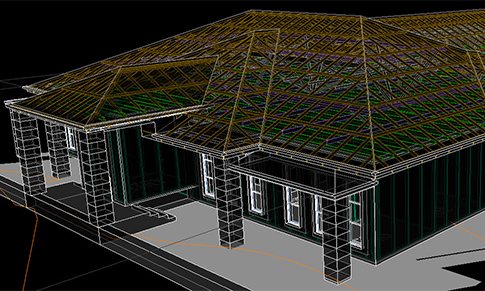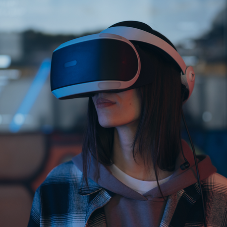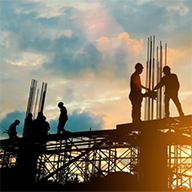The construction client faces many decisions, challenges and objectives at the start of a project. Obstacles such as sustainability, cost, efficiency, build quality and regulations will all be at the forefront of a client’s mind at the start of a project. However, one of the most important factors is the safety and wellbeing of those on the ground, working on the project. These are effectively the client’s employees, so it’s of paramount importance every measure is taken to ensure a safe working environment. With Building Information Modelling (BIM) enjoying an accelerated adoption rate in the construction industry, we have taken a look at how to stay safe on site using this method.
BIM has been known to offer benefits such as increasing value for money, reducing waste and generally making projects more time efficient. However, not a lot has been said on the benefits it brings to improving health and safety processes. Designers can scrutinise the “virtual” building to determine hazards and plan how to handle them in advance of construction. This can put the client’s mind at ease, as they will know of any potential issues pre construction, rather than further down the line where it would be more troublesome.
Furthermore BIM allows you to produce plans in sequential order along with a 4D model. Having a powerful model helps you visualise the jobsite and work through sections of the timeline, eliminating much of the unpredictability of construction. It can show you where your pain points are with more accuracy so you can take them into consideration when putting together the schedule and site laydown. Having that safety net of being able to visualise the building and potential hazards, and knowing what and where they are before carrying out the work, is a massive advantage to both the client and the rest of the project team.
It is not just pre and during the construction process that BIM can offer great benefits. BIM can even help with safety after construction is complete. Using modeling software and input from operations and facilities specialists can ensure that spaces are optimized for quick, safe maintenance tasks. Maintenance workers often encounter difficult working conditions, carrying out tasks in small and cramped spaces because of the difficulty in visualizing those areas on a 2D plan or changes made during construction. BIM can be used to create mock-ups to develop safer, more comfortable work spaces around pipes, conduits, wiring, and other building services. So the client can gain many advantages from BIM right throughout the project timeline.

Whether it is a large property portfolio client or the Government, reputation is vital. If word spreads that you take risks on safety to save on money, contractors may ignore your call. Using BIM offers the client many advantages that have been widely discussed, but it also offers safety and protection, the most important factor of all. A safe and happy worker will be a productive one. It has been suggested many client’s don’t use BIM to its full potential or ignore it altogether. Maybe it’s time to believe in BIM.
Do you think using BIM can offer greater security on site? Let us know in our LinkedIn post!
Related Blog Articles



crop192.png)












